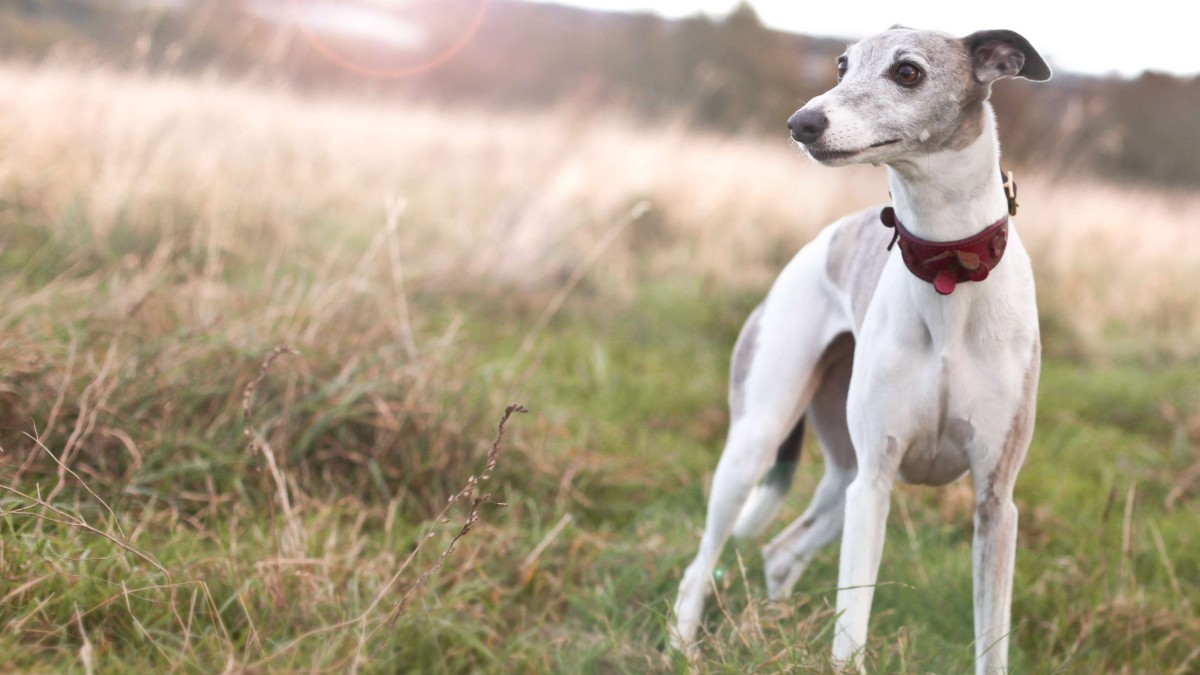Do This Do That

Keeping Up With The Trends In Dog Training
“I can look it up on youtube” Yes you probably can, or can you? It’s a very confusing world out there with lots of conflicting information and lots of different styles, that unless you’re a dog trainer, the terminology means nothing to you. Ironically the balanced trainers that use aversives are confident in how they work and consistent in their methods. This confidence and consistency gives the unsure dog guardian reassurance that all of their dogs problems will be solved. But I’m not here to talk about them, let’s focus on me and my fellow force free trainers. If we tell you to do something and it doesn’t seem quite right or it does but needs a slight tweak, tell us!
Dog behavior and psychology just like human psychotherapy is not an exact science. There are way too many variables which include genetics, epi-genetics, hormones, the environment, diet, rest etc. So when we say do this or do that, rigid methods may not work for every dog in every situation and results are not always easy to predict.
The other problem with force free trainers is the trends and also terminology we use. It can be confusing as the force free wave sways to and fro between the current and the new. The ones who decide where the flock wave is going, are again, the confident brave speakers with the largest following. Then, all of a sudden another up and coming trainer will shout that they do not agree with blindly following said method, with which the murmuration of trainers sways again.
Next are the trainers who will keep an eye on trends whilst quietly completing their continued professional development (CPD) away from conflict. These are the ones, like myself that have a pinnacle of criteria when it comes to working with your dog. This is our code of ethics and the basis of the methods we may use.
Every dog (as all species do) desires safety, how can we give them that?
We check that all of their needs are being met, rest, diet and physical wellness.
We plan how we are going to build the dogs confidence so they feel less of a need to shout or shut down.
If we cannot change something we plan how to make situations manageable for the dog and the guardian.
Teach the guardian to read their dog so well that when new situations occur they are able to trust their instincts when it comes to teaching their dog, or advocating for them.
Once your dog feels safe and confident they are far more resilient and receptive to learning new things.
So, when looking for a good dog trainer you should approach it in the same way you would choose a good therapist or relationship mediator. Do you get on? Can they make things easy to understand? and more importantly do you trust them? Also be prepared that a good trainer will question themselves, research for you in their own time and work with you to find the right combination of actions that work for your dog. They will package together exactly what builds resilience for both the dog and the guardian to navigate the world together.
Categories: : confidence, resillience
 Janeen Warman
Janeen Warman 